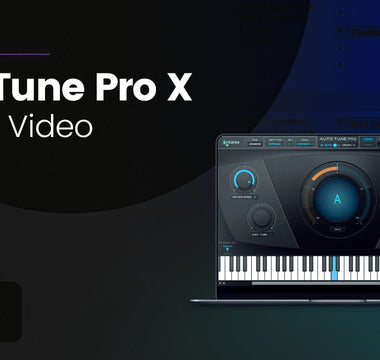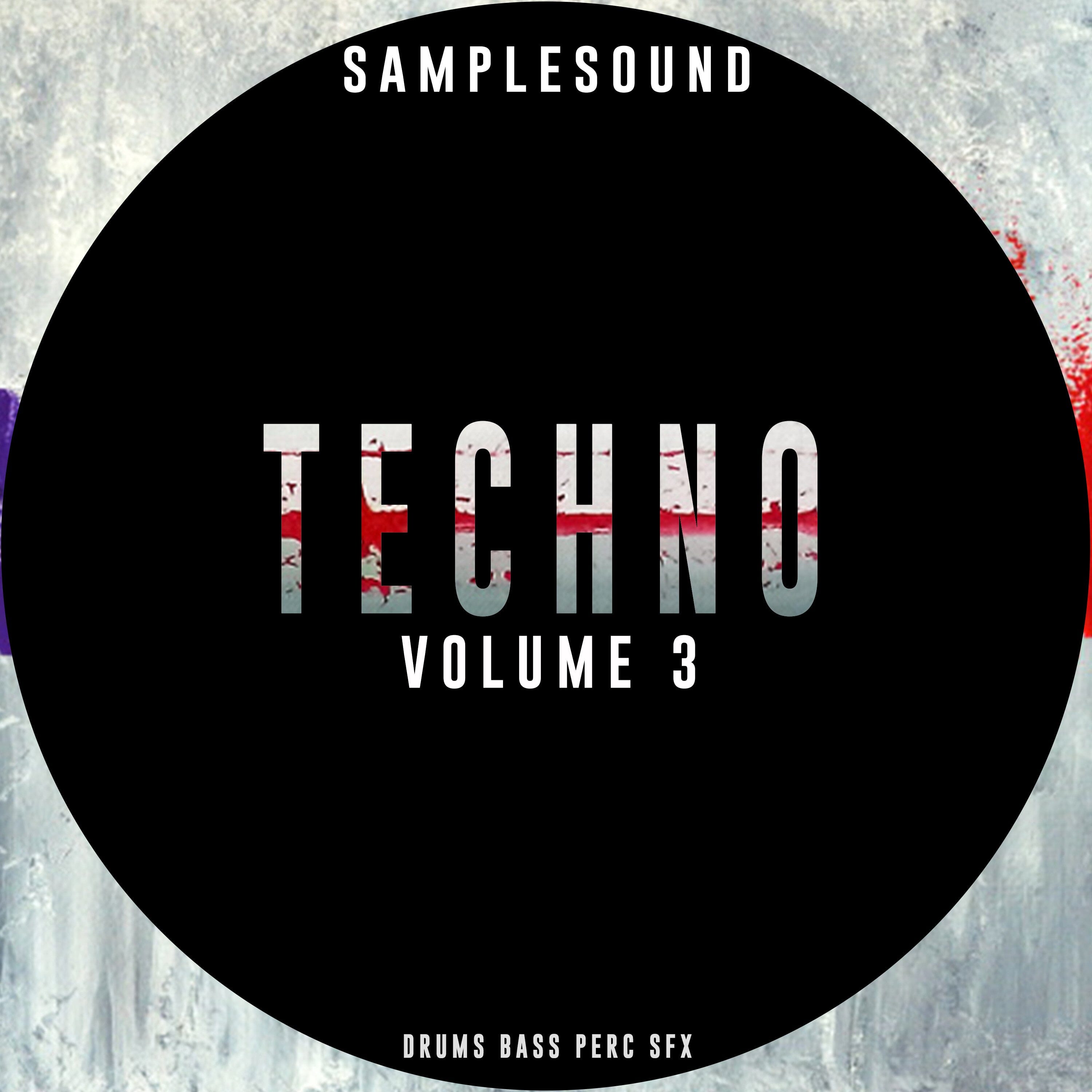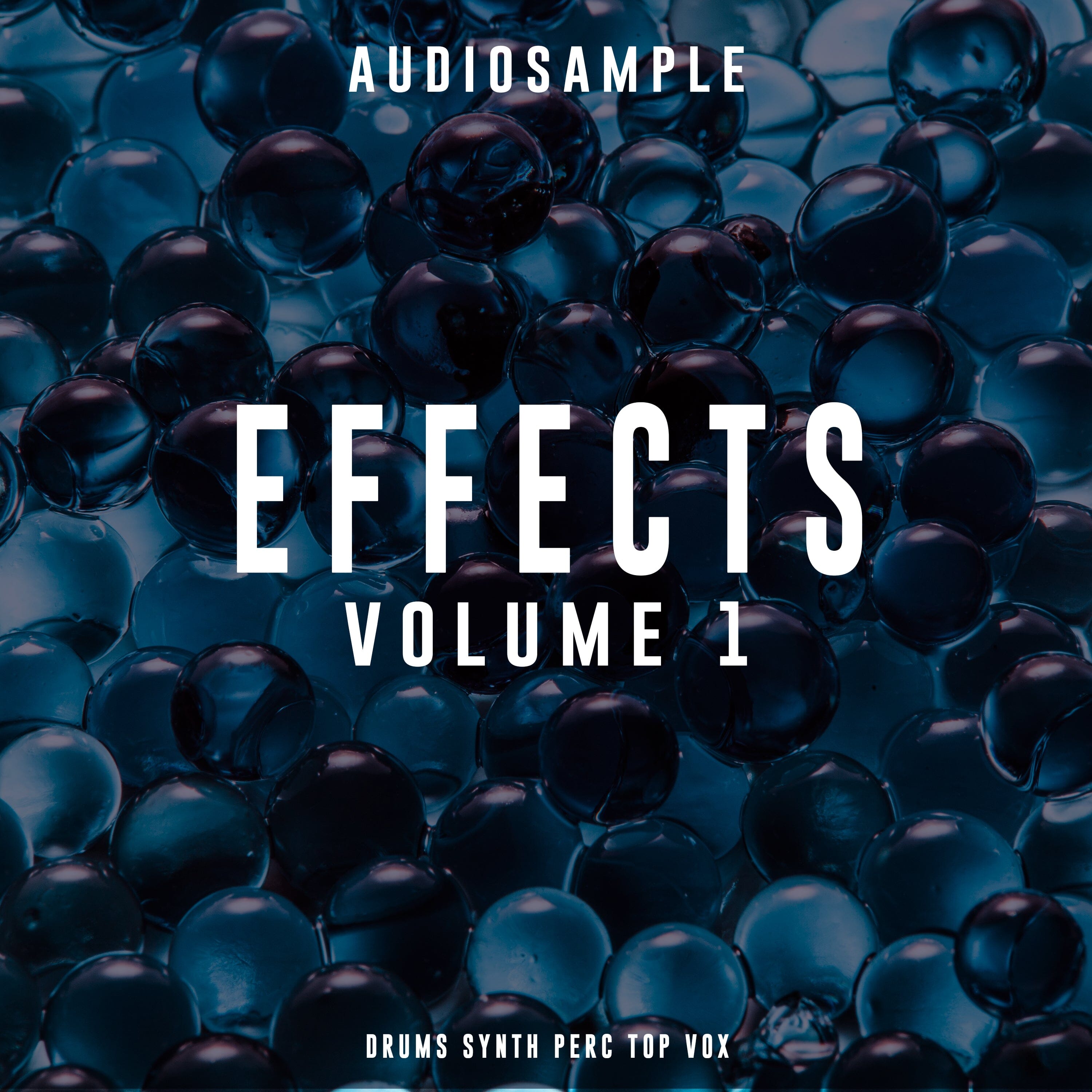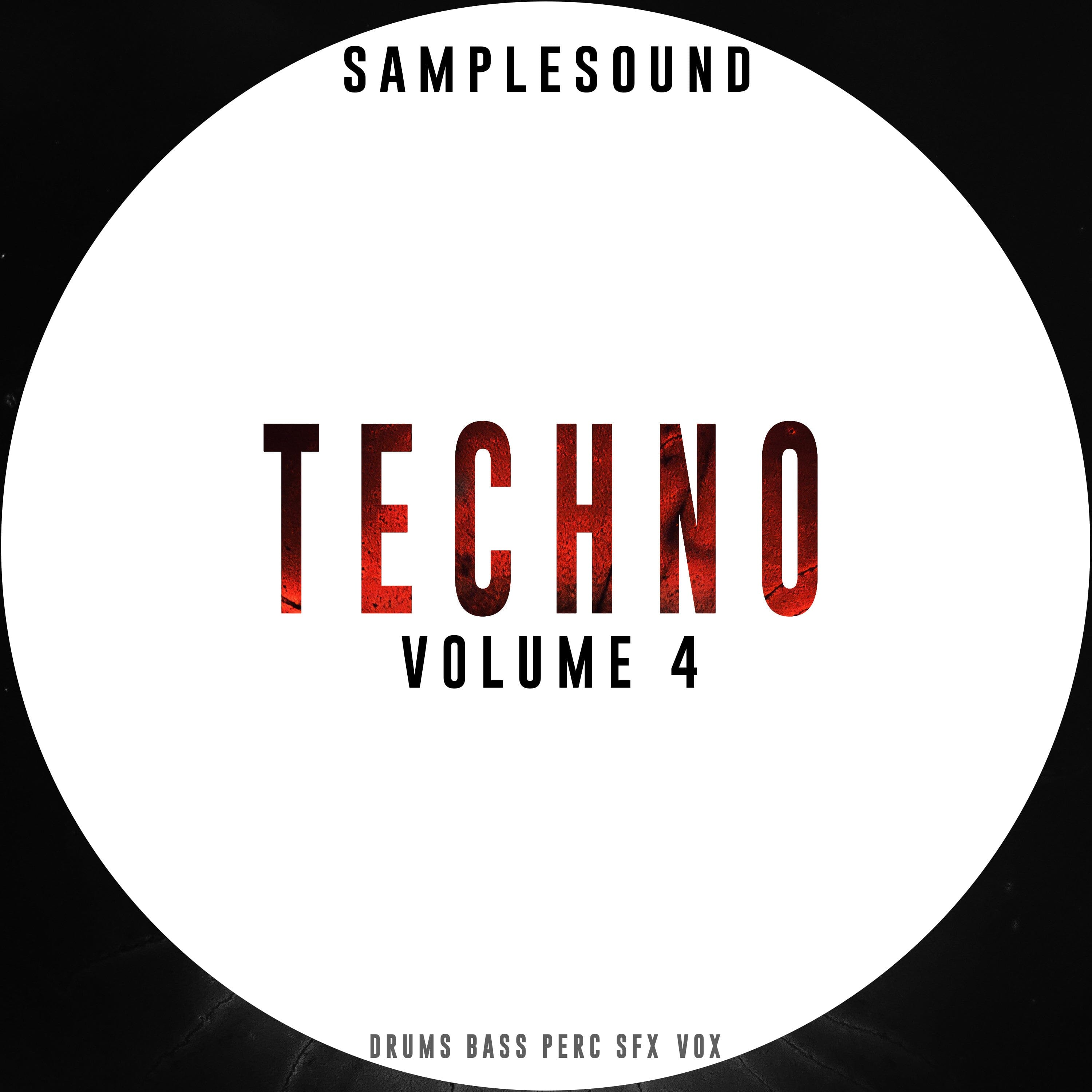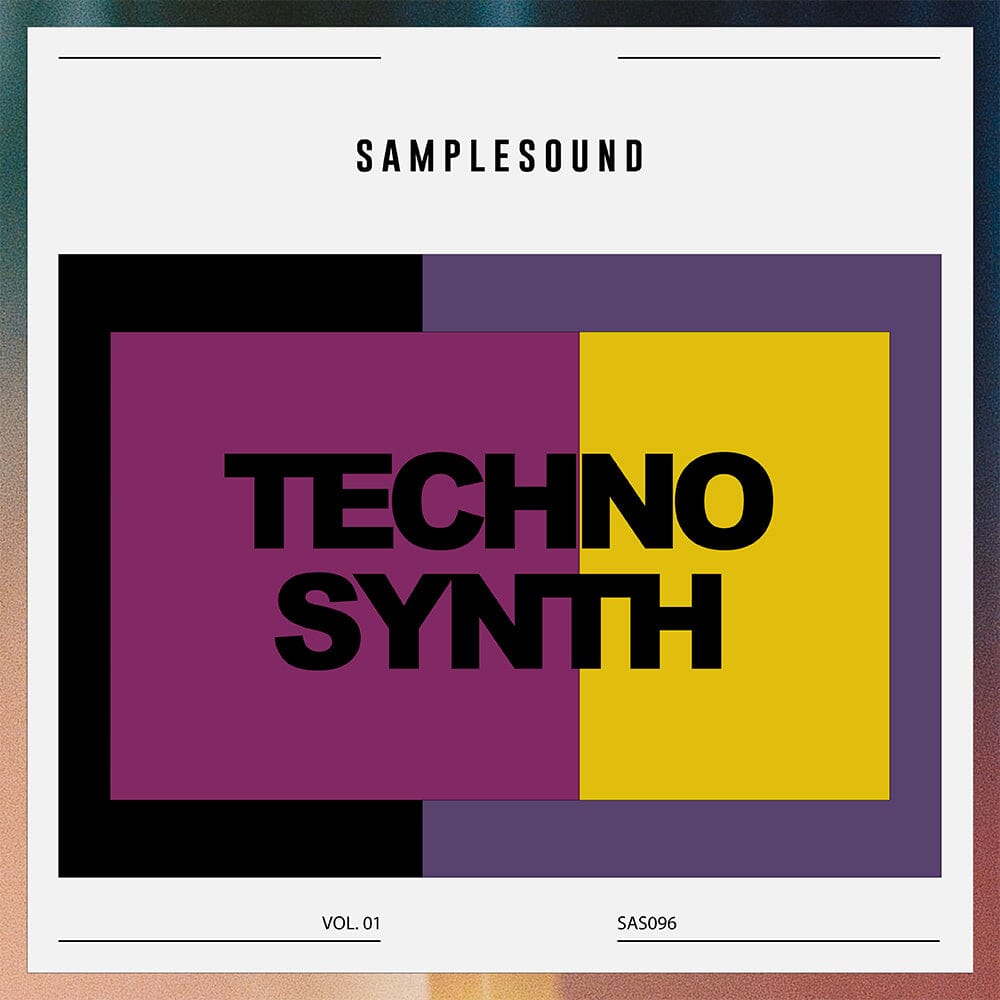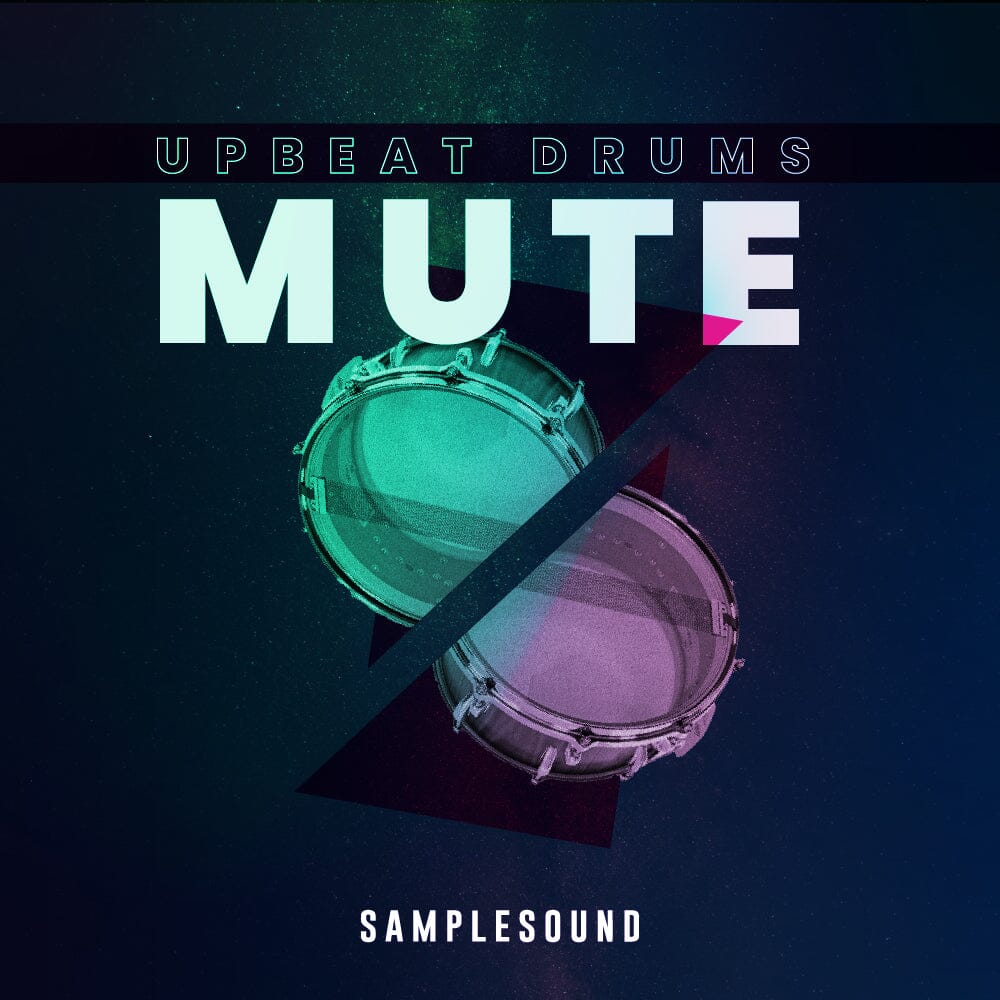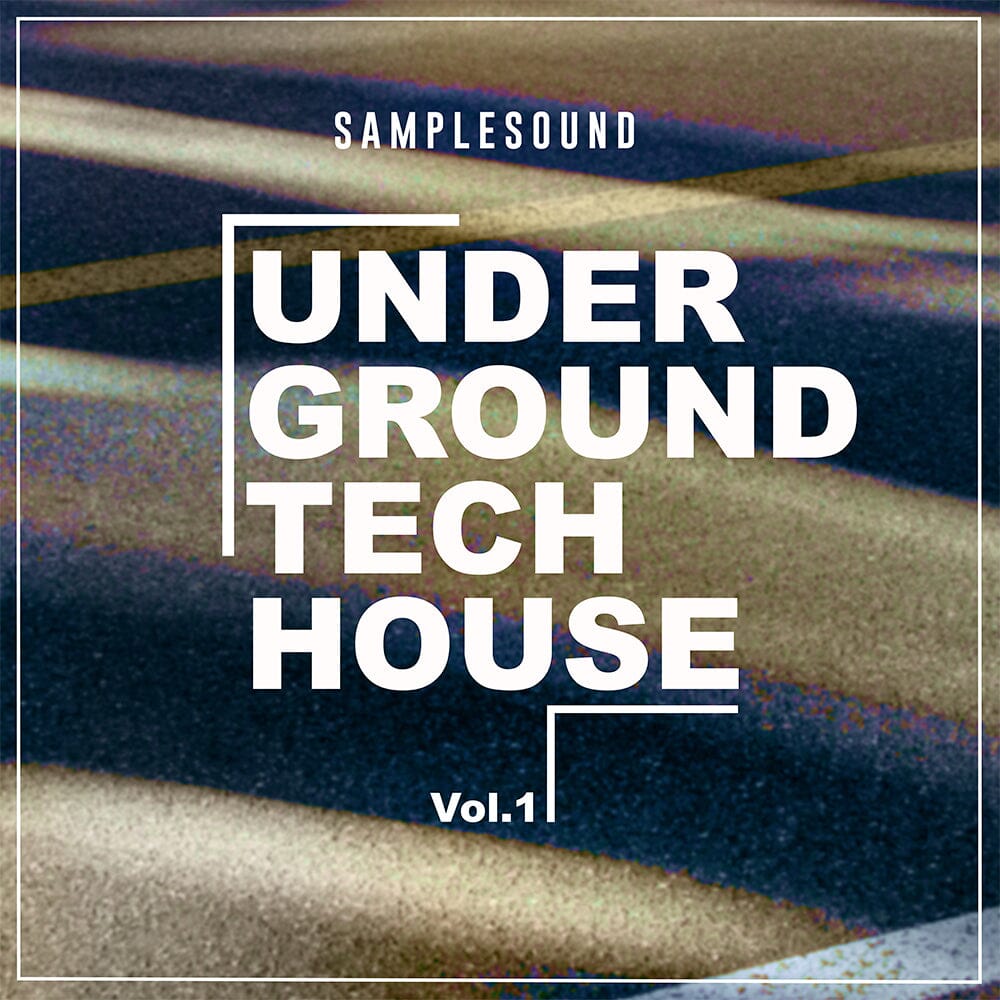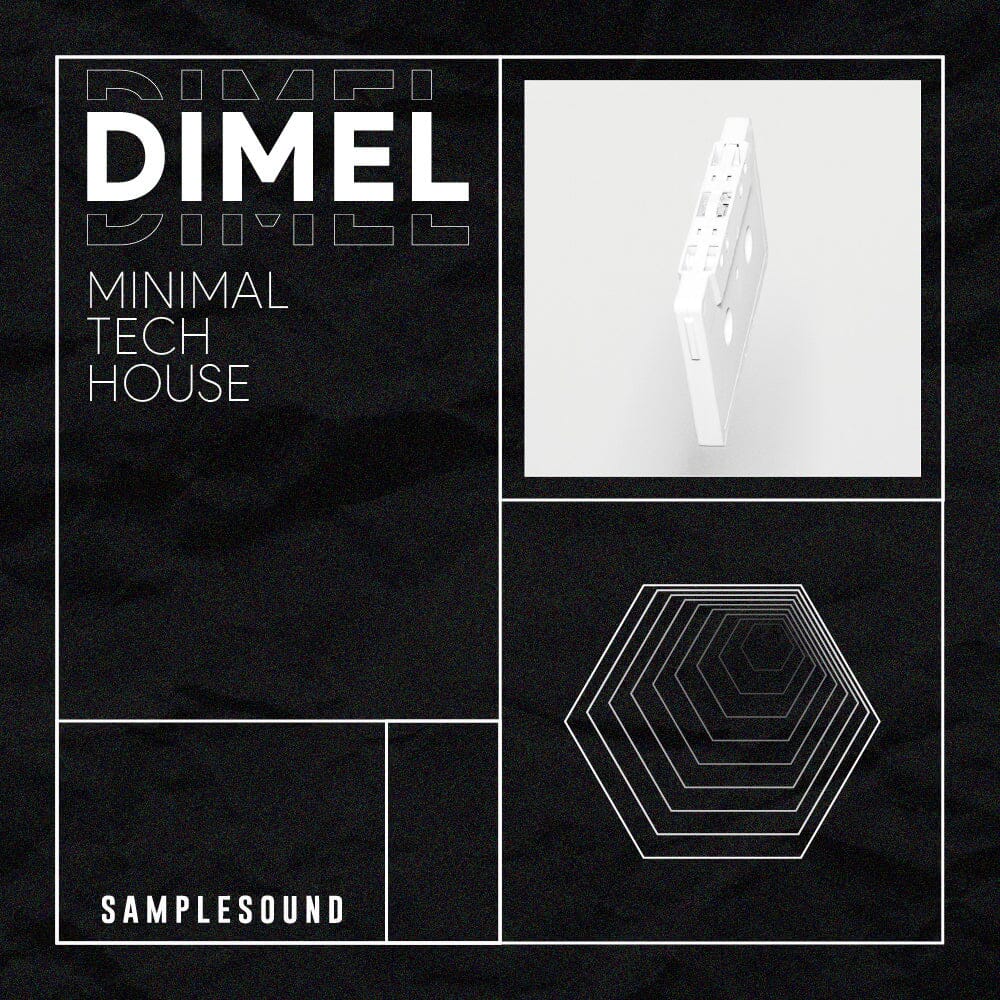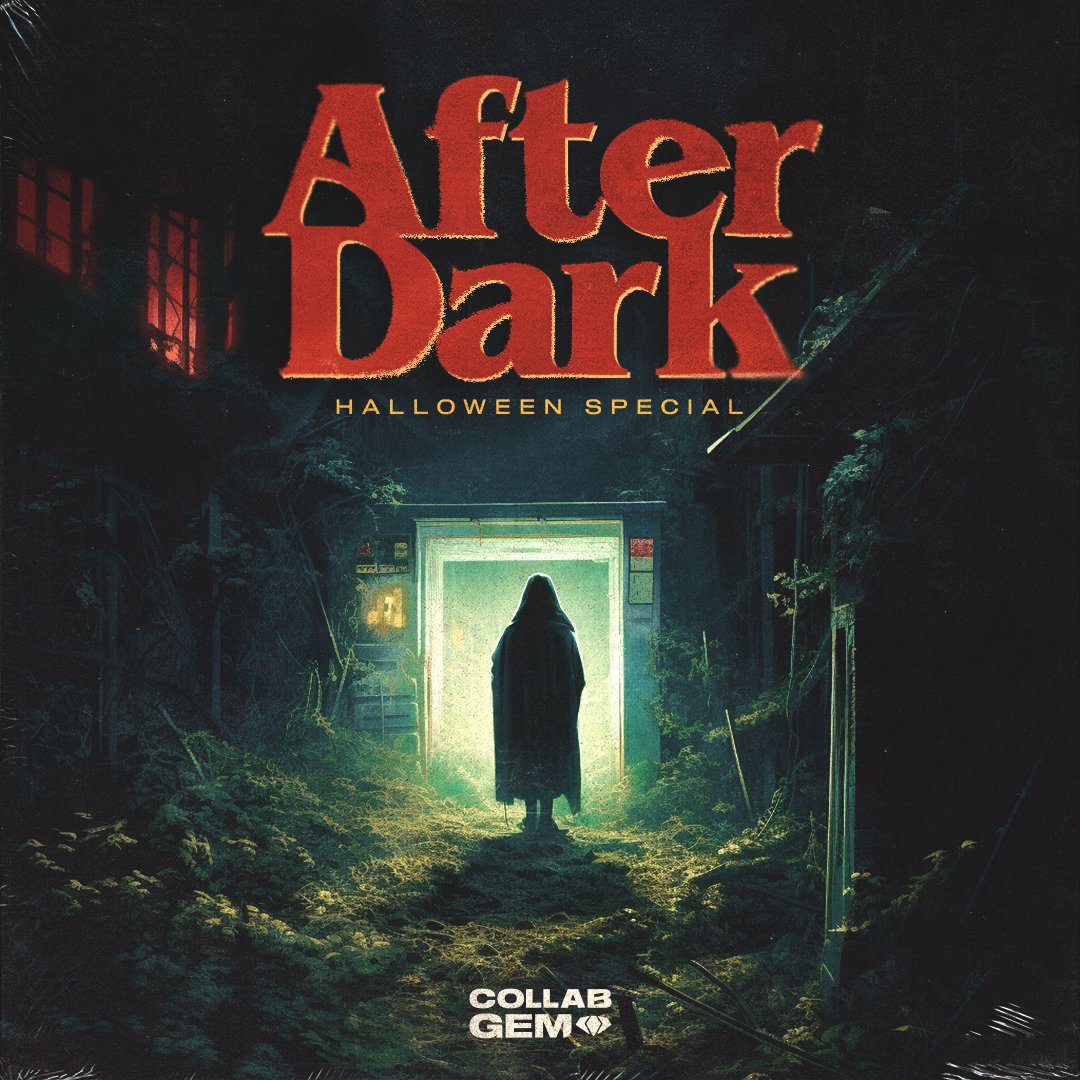In this video, we will see how to create percussion sounds using VCV Rack within Bitwig Studio. To do this, we will use noise signals and a sine wave. These audio sources will be sent to the native VCV mixer, and then the output signal from the mixer will be sent to the Audible Instruments resonator effect.
From there, we will go into the Surge XT filter and the audio output from the filter will be sent to the Mix Master mixer.
- Let's connect the output of these oscillators to the native VCV Rack mixer. We'll connect the noise signal to channel 1, pink noise to channel 2, red noise to channel 3, and the sine wave to channel 4
- Let's sync VCV Rack with Bitwig Studio. To do this, we'll use the MIDI CV module and the Count Modula step sequencer. We'll connect the clock division output to the clock input of the step sequencer. We'll also connect the stop reset output to the reset input of Count Modula. Finally, we'll set the clock division to 16th notes by opening the menu of the MIDI CV module.
- Now let's connect the Befaco envelopes to the VCV mixer. We'll use these to shape the sounds. To activate the envelopes, we'll use the output signals from the step sequencer and connect them to the trigger input of Befaco.
- To manipulate and modulate the sound coming out of the mixer, which is then sent to the resonator and filter, we'll use a digital step sequencer. We'll connect the trigger output of MIDI CV to the trigger input of the step sequencer, and do the same for the stop reset output, which we'll send to the reset input of the sequencer.
- Now we can use Count Modular to write our rhythmic sequence that will trigger the Befaco envelopes and shape the audio sources. Let's set the decay, sustain, and release time of the Befaco envelopes low. This way, we'll have short and percussive sounds.
- Let's move on to modulating the effects. To have control over their behavior, we'll use the CV output of the digital step sequencer and assign it to the parameters we want to control. By using the CV knob, we'll decide how much effect to apply to each parameter.
- Let's connect the Surge XT filter to its dedicated step sequencer in the same way.
The technique described in the video is applicable to any Digital Audio Workstation, offering the possibility for tech house, afro house, deep house, and techno music artists and producers to create original and unique sounds.
Now it's time to unleash your creativity. Thanks for watching and subscribe to our channel.

